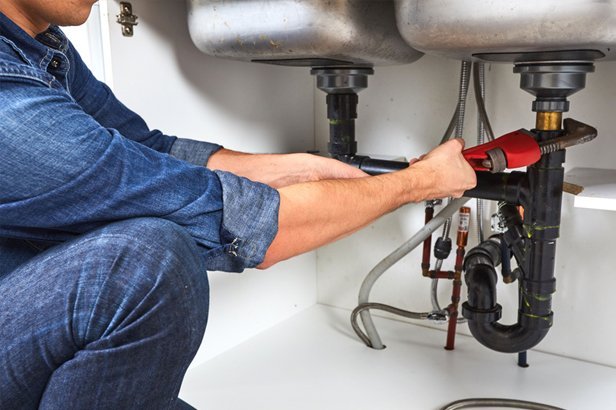The intake and distribution of hot and cold water inside buildings is achieved using a special plumbing service that directs the liquid through suitable inlet and outlet pipes. In general, the hydraulic system has three functions:
- Removal of hot and cold water, which may come from an aqueduct or storage tank;
- Distribution of liquid within a circuit with a piping system;
- Discharge of dirty water, city sewers or wells.
The main components that make up the hydraulic Plumbing service are:
- Meter : in residential buildings, water flows through external supply pipes to the point of delivery of the supplier’s body, that is, a meter, a device that measures the volume of liquid that passes through it and which can be located both inside and outside the house. If located outside, it will be necessary to insert the plumbing service common interceptor directly into the enclosure in an easily accessible location.
- Internal system : after the flow meter, water is distributed to various user devices through pipes that make up the internal system. The pipes it is made of can be installed outside, in sight, underneath, or inside the masonry in an invisible way. When building an internal plumbing service using buried pipes, it is important to follow the exact safety rules, including the correct installation of taps, manifolds, fittings and connections. for the mechanical engineering sector of post-meter installations.

- Custom devices: the terminal elements of the distribution network are taps that ensure the flow of water from the pipes to the devices used. They can be applied to the wall or to the appliance; thermostatic mixers are very used to keep the water temperature constant. For flushing toilets, it is necessary to use plumbing service that allow a large amount of water (10-15 liters) to be supplied in a short period of time and under strong pressure; for the most part, folding boxes are used, recessed in the masonry for aesthetic reasons.
- The water that comes out of the taps of various plumbing service fixtures flows out and then through other pipes made of plastic is very resistant to the acids present in these waters. Before entering the horizontal drain pipes, and then into the vertical (riser), the water passes through a special pipe, which is called a siphon. This pipe has a special U-shape or T-shape, so that there is always some clean water inside it, which does not return the stony air coming out of the drain.
- Discharge : Exhaust wastewater plumbing are formed by networks of pipes that serve to dispose of water outside the building or residential unit after being used as washbasins, toilets, showers, bathtubs, kitchen sinks, etc. In general, there is a difference between water and (toilet), gray (sinks, washing machines, bidets, etc.) and greasy (kitchen).

